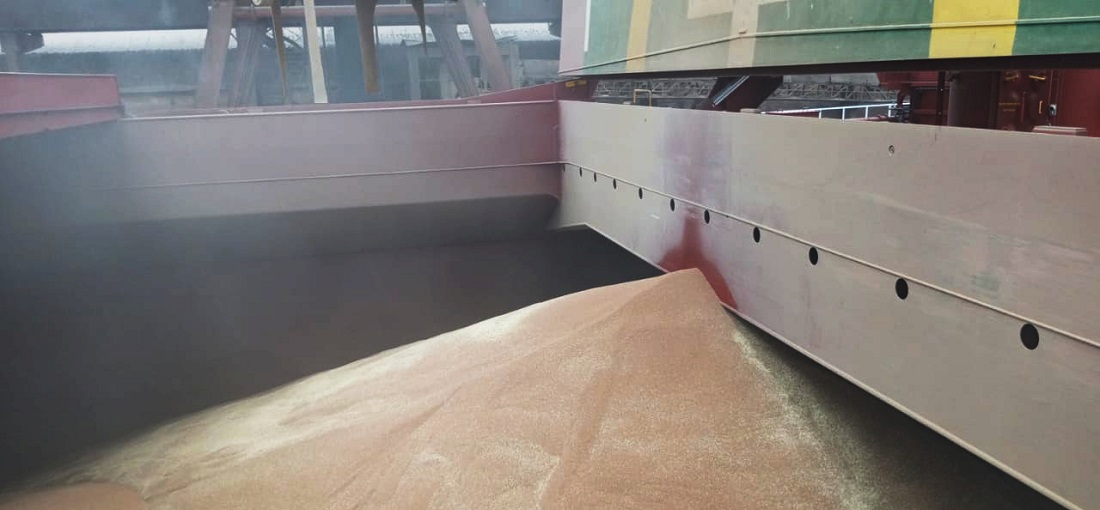In fields near Argentine farm town Pergamino, spiky green shoots of wheat stretch in neat rows to the horizon, a crop developers hope will boost yields of the grain thanks to a single gene borrowed from sunflowers helping it better tolerate drought.
Reached along a dusty farm track, the field is one of dozens of sites growing a genetically modified (GM) wheat strain called HB4, developed by local firm Bioceres (BIOX.O) and state scientists.
Argentina, the world’s No. 6 wheat exporter, gave commercial planting approval to HB4 in 2020. It was the first GM wheat strain in the world to receive such approval.
Its backers say HB4, also modified to tolerate the herbicide glufosinate-ammonium, could help ward off food shortages at a time when climate change has led to severe droughts in China, North America and Europe, and a war between major growers Russia and Ukraine has snarled food supply chains.
Many environmental and consumer groups have resisted GM wheat, fearing unforeseen side-effects from changes to the genome in a grain used in bread, pasta and other staples. Genetic modifications have long been used in soy and corn, used predominantly for animal feed.
Bioceres is leading the way globally towards commercializing GM wheat, Reuters found from interviews with the firm and importers, documents on U.S. field trials obtained through a freedom of information request and a rare visit to the Argentina test fields.
See below the track record of wheat (HS 1001) shipments in containers from Argentina in the period between January 2021 and July 2022. The data is from DataLiner.
Argentine wheat exports | Jan 2021 – Jul 2022 | TEUs
Source: DataLiner (click here to request a demo)
The firm has gained varying levels of approvals in Brazil, Nigeria, Australia and New Zealand. It is using blockchain and georeferencing to avoid contamination with regular wheat, a risk local farmers fear could prompt import bans.
“There is some ignorance about what transgenic is, it is not a monster,” said Raquel Chan, biochemist and researcher at the National Council for Scientific and Technical Research (CONICET) who led development of the strain, now licensed to Bioceres.
She explained the plant was “almost indistinguishable” from normal wheat, but that it could better tolerate a lack of water due to an extra gene edited in from the sunflower plant.
HB4 could improve crop yields 20% versus regular wheat under dry and warm conditions, according to a 2020 academic paper, published in Frontiers in Plant Science and on which Chan was a co-author.
Even with Argentina’s approval, Bioceres has yet to start selling the GM wheat for commercial use in the South American country. It is also testing it in neighboring Brazil.
GM wheat: still a taboo?
“The main concern is the possibility that GM wheat and non-GM wheat could end up mixing,” said Julio Calzada, chief economic analyst at Argentina’s Rosario grains exchange.
“This could spark bans in international markets and Argentina needs these $4.5 billion dollars in exports. They’re key at such a complicated moment for the country’s economy.”
In Indonesia, top buyer of Argentina’s wheat behind Brazil, the head of the wheat flour mills association Ratna Sari Loppies played down contamination worries, but said millers there would not yet buy Argentina’s GM wheat to avoid a “negative” impact on their own exports of consumer wheat products.
Brazil, which hopes to boost its own wheat harvest and exports of the grain, appears to have softened its stance. Rubens Barbosa, president of the Brazilian flour millers association Abitrigo, said he believes Brazil might approve HB4 wheat.
In 2020 he had threatened to halt wheat imports from Argentina after its government approved Bioceres’ GM wheat. Brazil approved flour made from HB4 wheat in 2021.
“The seeds that will come and be planted in the north of Cerrado will have higher yields,” he said in August, referring to the GM strain. “All of these factors justify optimism related to output and Brazil’s self-sufficiency in wheat production.”
Source: Reuters
To read the full original article, please go to: https://www.reuters.com/markets/commodities/war-drought-hit-global-crops-argentina-gambles-gm-wheat-2022-09-20/
Sharing is caring!


